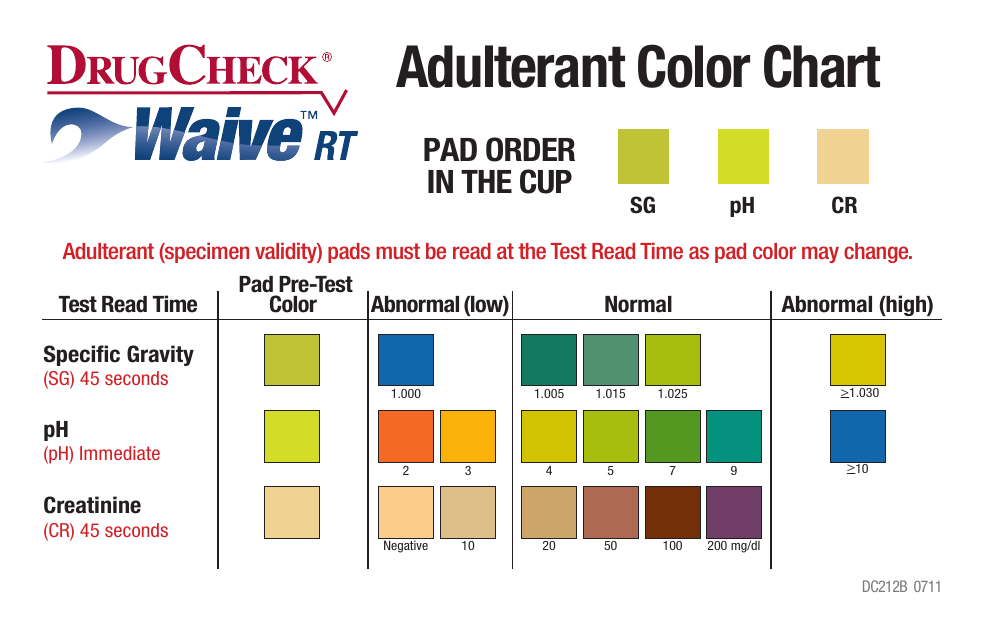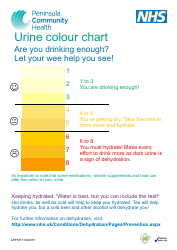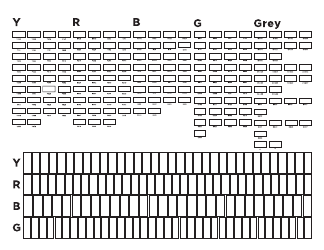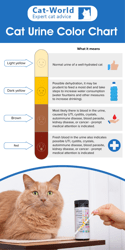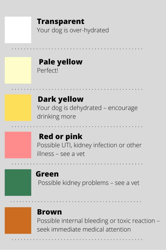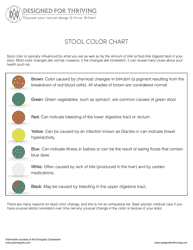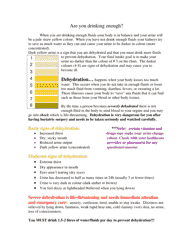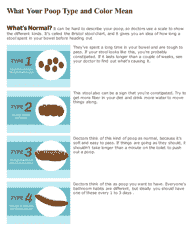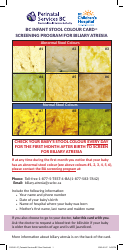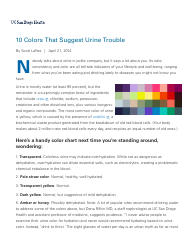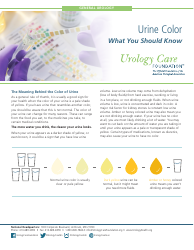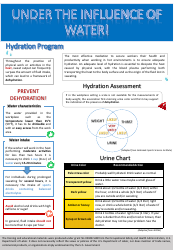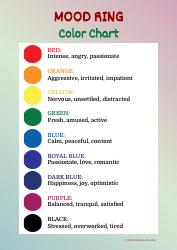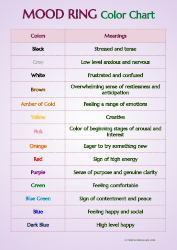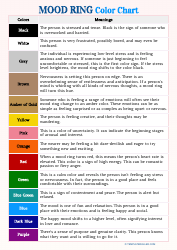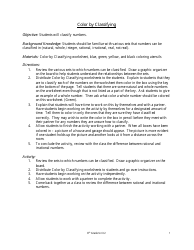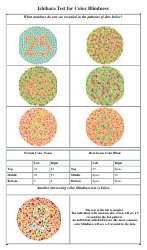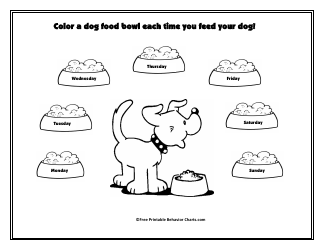Adulterant Color Chart
The Adulterant Color Chart is used for testing the presence of adulterants or impurities in substances such as drugs or food products. It helps to identify any color changes that indicate the presence of contaminants.
FAQ
Q: What is an adulterant color chart?
A: An adulterant color chart is a tool used to detect the presence of adulterants in substances.
Q: What are adulterants?
A: Adulterants are substances that are added to a product to deceive or defraud consumers, often by diluting or altering the product.
Q: How does an adulterant color chart work?
A: An adulterant color chart works by changing color when it comes into contact with specific adulterants, indicating their presence in a product.
Q: What are some common uses of adulterant color charts?
A: Adulterant color charts are commonly used in industries such as food and beverage, pharmaceuticals, and drug testing to ensure product authenticity and quality.
Q: Are adulterant color charts reliable?
A: Adulterant color charts can provide initial indications of adulteration, but confirmatory testing is usually required for conclusive results.
